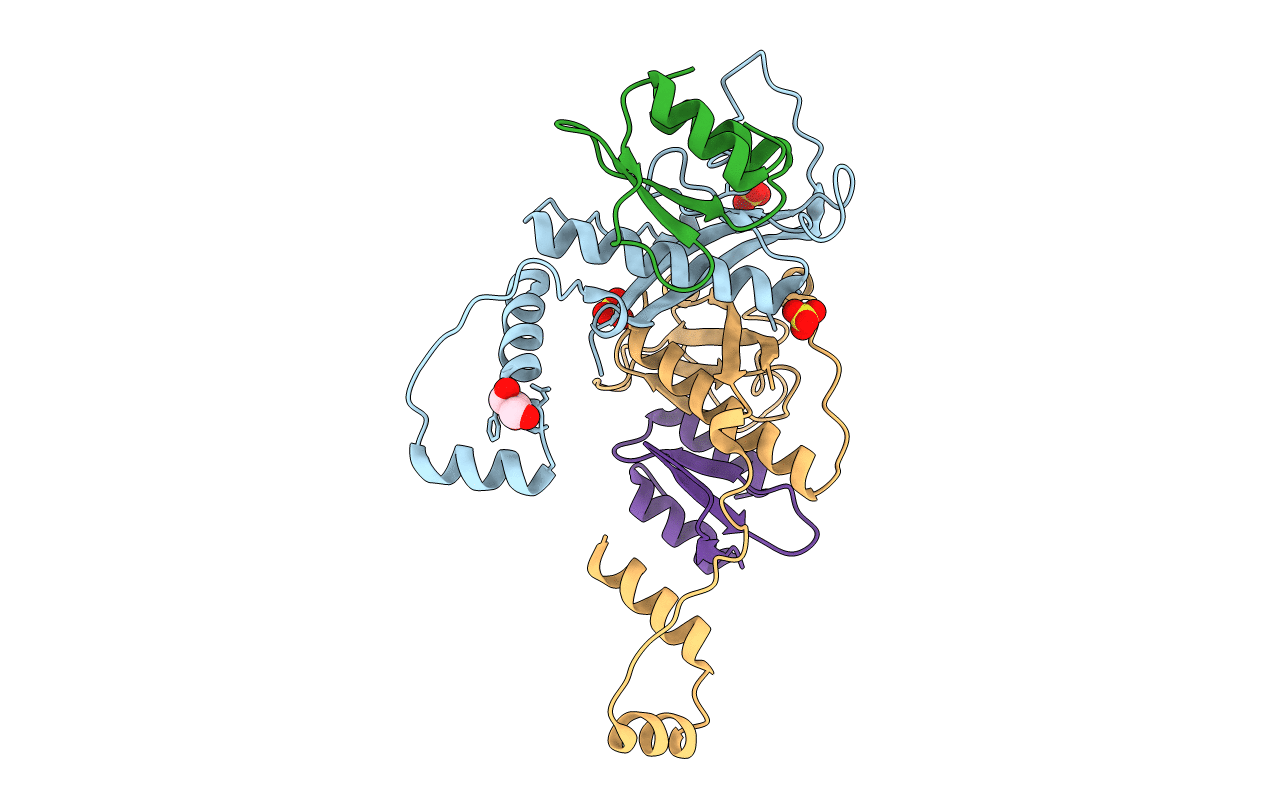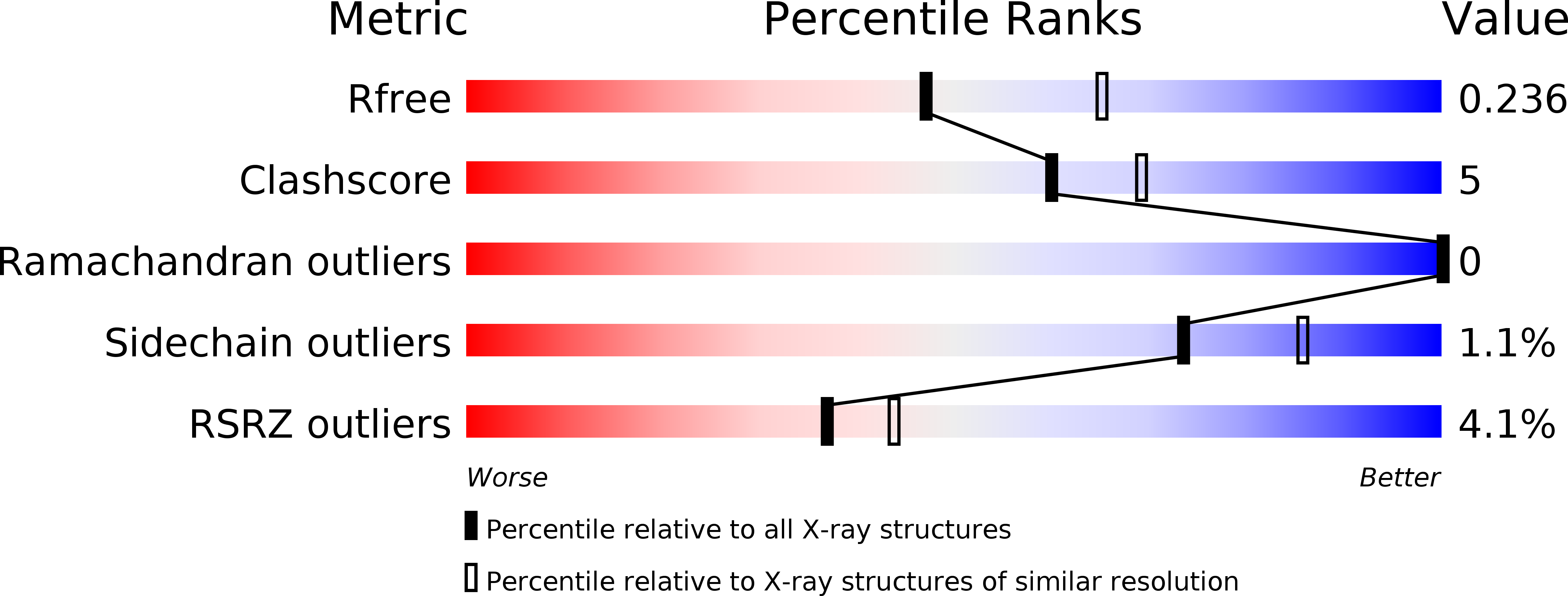
Deposition Date
2017-11-11
Release Date
2018-05-23
Last Version Date
2024-03-27
Entry Detail
PDB ID:
5YRZ
Keywords:
Title:
Toxin-Antitoxin complex from Streptococcus pneumoniae
Biological Source:
Source Organism:
Host Organism:
Method Details:
Experimental Method:
Resolution:
2.30 Å
R-Value Free:
0.23
R-Value Work:
0.20
R-Value Observed:
0.20
Space Group:
P 21 21 2


